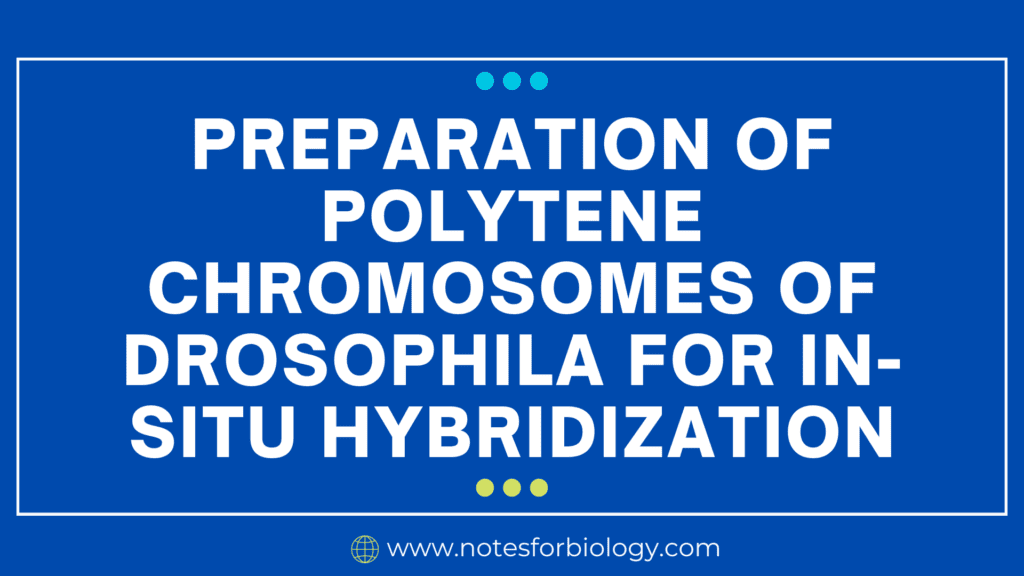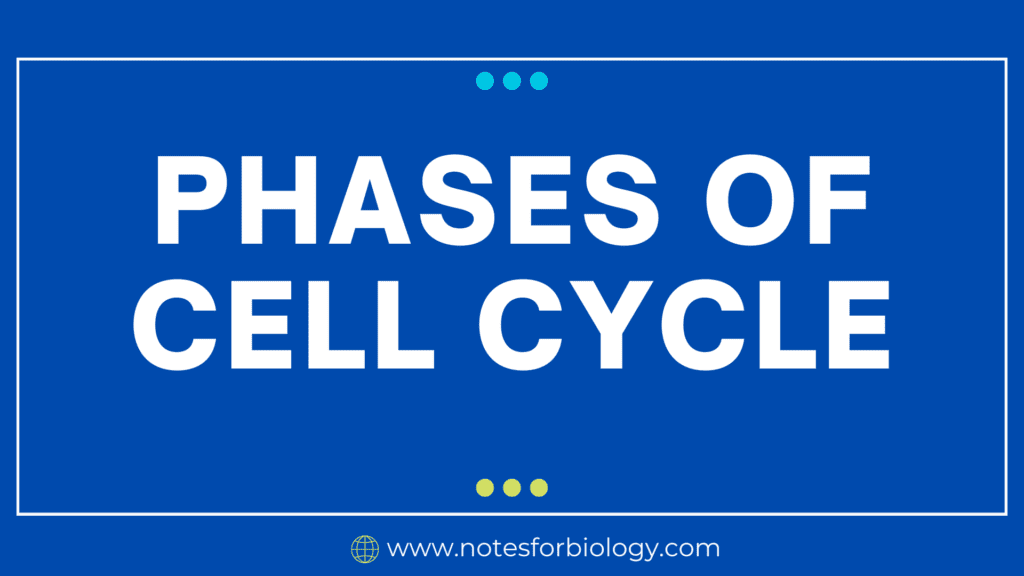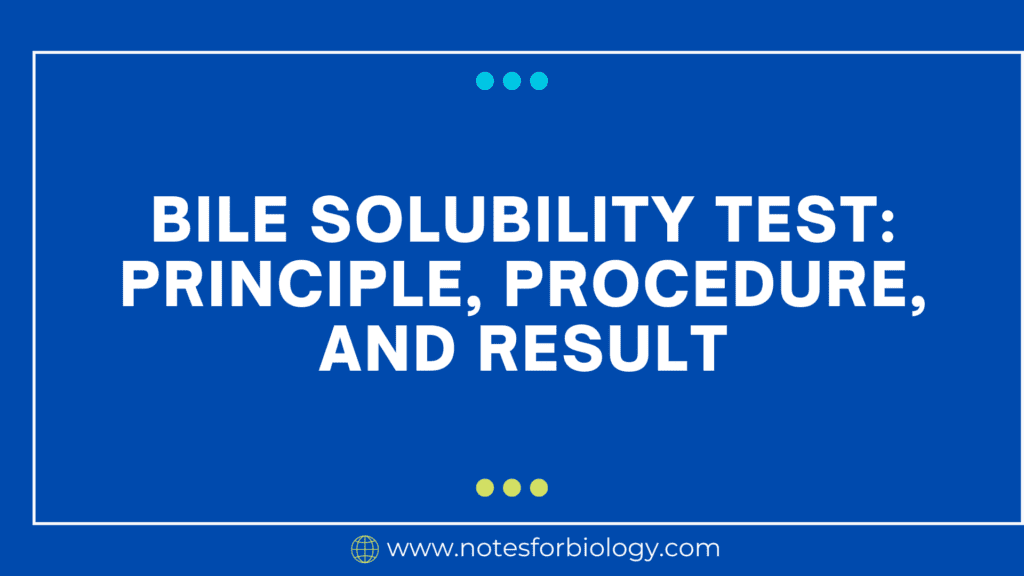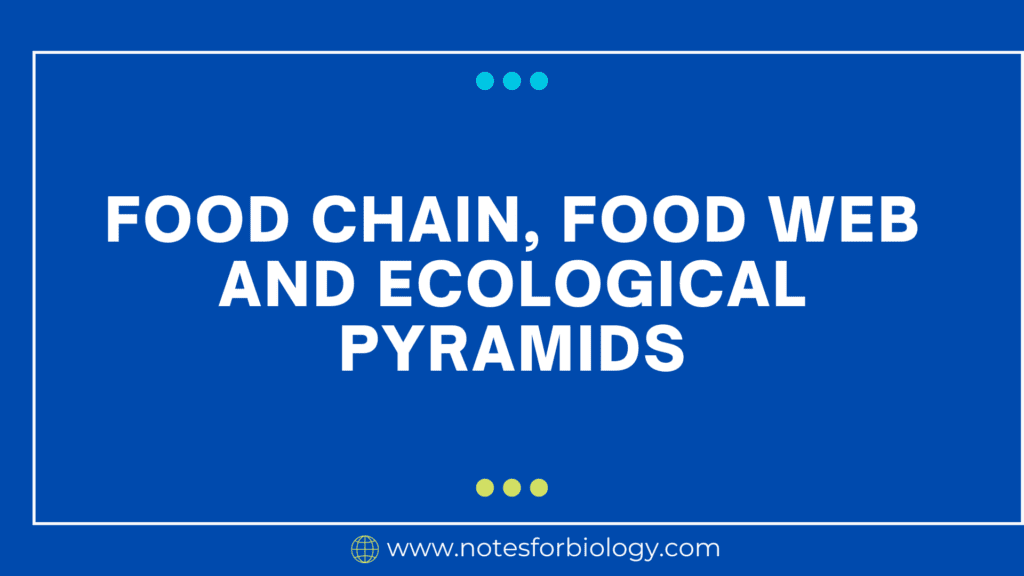Seed banks and Botanical gardens: ex-situ conservation
The Earth’s biosphere is a tapestry of life, woven with an intricate web of interconnected species. This biodiversity, the very fabric of our planet’s ecosystems, is under immense pressure. Habitat loss, climate change, pollution, and invasive species are relentlessly eroding the richness and diversity of life. In this context, ex-situ conservation – the preservation of species outside […]
Seed banks and Botanical gardens: ex-situ conservation Read More »










